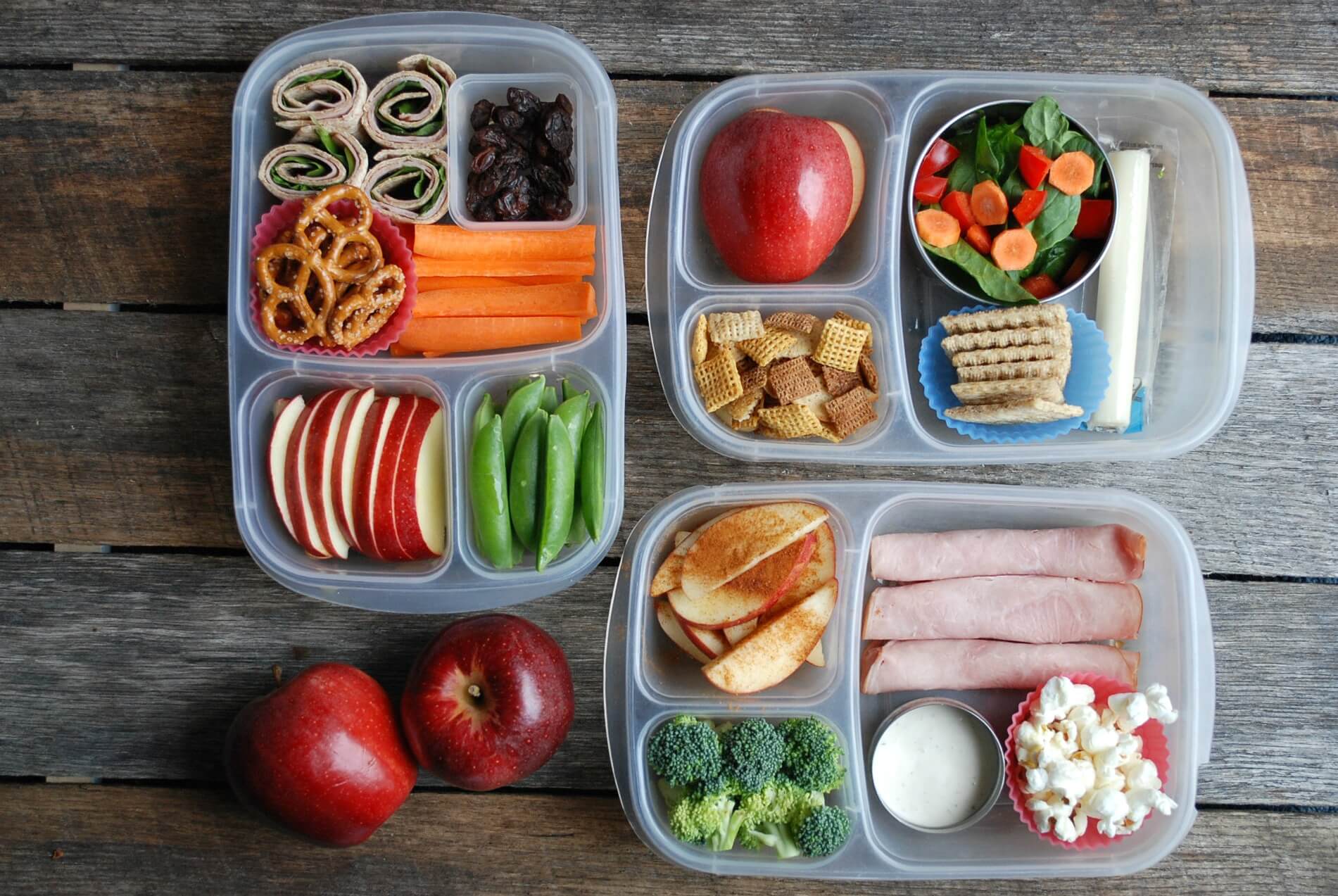

Articles
What Is Bento Lunch Box
Modified: February 21, 2024
Discover the art of packing a nutritious and balanced lunch with our extensive collection of articles on Bento Lunch Boxes. Learn how to create appealing and healthy meal options for yourself and your loved ones.
(Many of the links in this article redirect to a specific reviewed product. Your purchase of these products through affiliate links helps to generate commission for Storables.com, at no extra cost. Learn more)
Introduction
Welcome to the world of Bento Lunch Boxes! In recent years, these stylish and convenient containers have gained immense popularity among people of all ages and backgrounds. Whether you’re a student, a professional working in an office, or a parent looking to pack a nutritious meal for your child, bento lunch boxes offer a practical and appealing solution.
A bento lunch box is not just an ordinary food container; it’s a way of life. Originating from Japan, the word “bento” refers to a packed meal consisting of various food items, neatly arranged in a single box. With its origins dating back centuries, bento boxes have evolved into a modern phenomenon, catering to the fast-paced and health-conscious lifestyle of today.
What sets bento lunch boxes apart is their ergonomic design and the emphasis placed on portion control and variety. These boxes are typically divided into compartments, allowing you to pack an assortment of dishes without mixing the flavors. From rice and proteins to fruits and vegetables, a bento lunch box can accommodate a balanced and diverse meal.
The history of bento boxes can be traced back to the Kamakura Period in Japan, around the 12th century. Initially, bento boxes were made from bamboo or lotus leaves and were primarily used for picnics, travel, and tea ceremonies. Over time, the materials used to make bento boxes evolved, with wood, lacquer, and metal becoming popular choices.
In modern times, bento lunch boxes have become a cultural phenomenon. They are not only practical but also a form of self-expression and creativity. People take pride in crafting visually appealing and appetizing bento meals, often incorporating cute and decorative elements like food picks, silicone cups, and food cutters.
There are various types of bento lunch boxes available in the market today. Traditional Japanese-style bento boxes are usually made of wood or lacquer and feature elegant designs. However, more contemporary options made of plastic, stainless steel, or silicone have gained popularity due to their durability, ease of cleaning, and microwave-safe properties.
The advantages of using bento lunch boxes go beyond just the aesthetic appeal. These containers offer several benefits, including portion control, waste reduction, and cost savings. By packing your own meals in a bento lunch box, you have control over the ingredients and can ensure a well-balanced and healthy meal that suits your dietary needs or preferences.
In the following sections of this article, we will delve deeper into the history, types, advantages, packing tips, cleaning techniques, and popular recipes associated with bento lunch boxes. By the end, you will be equipped with the knowledge to embrace this Japanese tradition and make it a part of your everyday life.
Key Takeaways:
- Bento lunch boxes offer a practical, stylish, and organized approach to meal packing, promoting portion control, waste reduction, and cost savings. They provide opportunities to create personalized, nutritious, and visually appealing meals for individuals of all ages and lifestyles.
- The history, versatility, and benefits of bento lunch boxes make them more than just a container for carrying food; they represent a mindful and intentional approach to meal preparation and consumption. Incorporating bento lunch boxes into your routine can revolutionize your eating habits and make every meal a delightful affair.
Read more: What Are Bento Lunch Boxes
Definition of Bento Lunch Box
A bento lunch box is a portable container used for carrying and storing meals. Originally from Japan, the word “bento” refers to a packed meal that typically consists of rice, proteins, vegetables, and fruits, all neatly arranged in a compartmentalized box. The concept of bento lunches has expanded beyond Japanese cuisine and has gained popularity worldwide.
Bento lunch boxes are designed to keep food fresh, organized, and easily accessible. They come in various shapes, sizes, and materials, catering to different preferences and needs. The key feature of a bento lunch box is its compartments, allowing for separate storage of different food items while preventing cross-contamination of flavors and textures.
While traditionally made from natural materials like bamboo or lacquer, modern bento lunch boxes can be found in materials such as plastic, stainless steel, and silicone. These materials offer durability, easy cleaning, and the ability to microwave or freeze the box if needed. Some bento lunch boxes also come with additional features like leak-proof lids, utensil compartments, and thermal insulation for keeping food warm or cold.
Bento lunch boxes are not limited to one specific mealtime but can be used for breakfast, lunch, dinner, or even snacks. They are popular among students, office workers, travelers, and anyone who prefers to pack their meals for a convenient, healthy, and cost-effective option. By using a bento lunch box, individuals have control over the portion sizes and ingredients, making it easier to maintain a balanced diet and reduce food waste.
The versatility of bento lunch boxes extends beyond their use for storing traditional Japanese meals. They can be adapted to accommodate various cuisines and dietary preferences, such as vegetarian, vegan, gluten-free, or allergy-friendly. With the ability to customize and personalize your bento lunch box, you can create meals that reflect your taste, nutritional requirements, and even add a touch of creativity and fun to your dining experience.
Overall, a bento lunch box is more than just a container for carrying food; it represents a mindful and intentional approach to meal preparation and consumption. It encourages portion control, variety, and a balanced diet, while also providing the convenience of a compact and portable meal solution. Whether you’re a food enthusiast or simply looking for a practical way to pack your meals, a bento lunch box is a versatile and stylish option to consider.
History of Bento Boxes
The history of bento boxes can be traced back to Japan, where they have been an integral part of the culinary culture for centuries. The concept of packed meals can be observed as far back as the Kamakura Period, which spanned from the 12th to the 14th century.
During this time, bento boxes were primarily made from natural materials like bamboo or lotus leaves. They were used for picnics, tea ceremonies, and travel purposes. These early bento boxes were simple and practical, consisting of compartments to separate the different types of food and prevent them from mixing together.
As time went on, the design and materials of bento boxes evolved. The Edo Period in the 17th century saw the emergence of elaborate and decorative bento boxes made of lacquer. The skilled craftsmanship and intricate designs made lacquer bento boxes highly valued and sought after.
During the Meiji Period in the late 19th century, Japan experienced a significant cultural shift influenced by Westernization. This impacted the design and materials used for bento boxes, with Western-style lunchboxes made of metal becoming popular. These metal bento boxes were durable, easy to clean, and more suited for the fast-paced urban lifestyle.
After World War II, plastic bento boxes became more prevalent due to their affordability and versatility. Plastic allowed for various shapes and sizes, making it easier to accommodate different types of food. This led to the rise of mass-produced bento boxes, making them more accessible to a wider population.
In recent years, bento boxes have transcended their traditional roots and have gained popularity worldwide. Their ergonomic design, focus on portion control, and ability to pack a variety of dishes make them appealing to people of all ages and backgrounds.
Bento boxes are not only functional but also a means of self-expression and creativity. Many individuals take pride in crafting visually appealing and appetizing bento meals. Cute and decorative elements like food picks, silicone cups, and food cutters are often used to add an extra touch of charm to the bento box.
Bento boxes are now seen as a way to promote healthy eating habits and reduce food waste. By packing homemade meals, individuals have control over the ingredients and can ensure a well-balanced and nutritious diet. Bento boxes have also become a popular choice for school lunches, as they allow parents to provide their children with wholesome and delicious meals.
Regardless of their evolving design and materials, one thing remains constant: the bento box continues to serve as a practical and aesthetically pleasing way to enjoy meals on the go. Its rich history and cultural significance make it more than just a food container; it is a symbol of tradition, artistry, and the joy of savoring a well-prepared meal.
Types of Bento Lunch Boxes
Bento lunch boxes come in a variety of types, each offering its own unique features and advantages. Whether you prefer a traditional Japanese-style bento box or a modern and convenient option, there is a bento lunch box to suit your needs and preferences.
1. Traditional Japanese-style bento boxes: These bento boxes are made from materials like wood or lacquer and feature a classic and elegant design. They often come in rectangular shapes and may have intricate patterns or artwork on the lid. Traditional Japanese bento boxes exude a sense of craftsmanship and cultural heritage.
2. Plastic bento boxes: These bento boxes are lightweight, affordable, and available in various colors and designs. Plastic bento boxes are microwave-safe and easy to clean, making them a popular choice for everyday use. They often come with multiple compartments and are suitable for both adults and children.
3. Stainless steel bento boxes: Ideal for those looking for a durable and eco-friendly option, stainless steel bento boxes are resistant to rust and can withstand rough handling. They are safe to use with hot or cold food, making them convenient for packing a wide range of meals. Stainless steel bento boxes are also easy to clean and can be used for many years.
4. Silicone bento boxes: These bento boxes are flexible, collapsible, and space-saving. They are perfect for those who want a lightweight and portable option that can be easily folded and stored when not in use. Silicone bento boxes are microwave and dishwasher-safe, making them convenient for heating and cleaning.
5. Compartmentalized bento boxes: These bento boxes come with multiple compartments or dividers, allowing you to separate different types of food without them mixing together. This is beneficial for individuals who enjoy variety in their meals or have dietary restrictions. Compartmentalized bento boxes can be found in various materials and designs.
6. Thermal bento boxes: These bento boxes are designed to keep food warm or cold for extended periods. They typically have an insulated outer layer and a separate container for hot or cold items. Thermal bento boxes are suitable for those who need to pack hot meals or want to enjoy chilled foods while on the go.
7. Stackable bento boxes: These bento boxes consist of multiple separate containers that can be stacked on top of each other, forming a compact and organized lunch set. Stackable bento boxes are great for those who want to pack several small dishes or keep different foods separated until ready to eat.
When choosing a bento lunch box, it’s important to consider factors such as size, material, durability, and practicality. Think about your specific needs and how you plan to use the bento box to ensure you select the right type for your lifestyle.
With a wide range of options available, bento lunch boxes offer something for everyone. Whether you prefer traditional aesthetics, modern functionality, or a combination of both, there’s a bento lunch box out there that will not only keep your meals organized and delicious but also add a touch of style to your dining experience.
Advantages of Using Bento Lunch Boxes
Bento lunch boxes offer a multitude of advantages that make them a popular choice for people who want to pack their meals in a convenient and organized manner. From promoting portion control to reducing waste, bento lunch boxes have several benefits that make them a smart choice for individuals of all ages.
1. Portion control: One of the key advantages of using a bento lunch box is the ability to practice portion control. The compartments in a bento box help in keeping portions of different food items separate, allowing you to control the quantity of each item you consume. This promotes a balanced diet and prevents overeating, making it easier to maintain a healthy lifestyle.
2. Variety of food options: Bento lunch boxes are designed with multiple compartments, providing an opportunity to pack a diverse range of food items in one container. This allows you to include a variety of nutrients, flavors, and textures in your meal, making it more interesting and satisfying. Whether you enjoy a combination of rice, proteins, vegetables, fruits, or snacks, the compartments in a bento lunch box make it easy to pack a well-rounded meal.
3. Waste reduction: By using a bento lunch box, you can significantly reduce the amount of packaging waste generated from takeout meals or disposable containers. Packing your own meal in a reusable bento box helps in minimizing single-use plastic or paper waste, promoting a more eco-friendly lifestyle. Additionally, the separate compartments will prevent your food from getting squished or mixed together, reducing the likelihood of food waste.
4. Cost-effective: Packing your meals in a bento lunch box can save you money in the long run. Instead of relying on expensive takeout or ordering food from restaurants, preparing your meals at home and packing them in a bento box allows you to control the cost and quality of the ingredients used. By avoiding unnecessary spending on eating out, you can save money while enjoying delicious and nutritious homemade meals.
5. Convenience and portability: Bento lunch boxes are designed to be easy to carry and transport. Their compact size and sturdy construction make them ideal for on-the-go meals, whether you’re heading to work, school, a picnic, or any other outing. Their secure lids prevent leakage, ensuring that your food stays intact and mess-free until it’s time to eat. Bento lunch boxes are also microwave-safe, allowing for quick and convenient reheating of leftovers.
6. Personalization and creativity: Bento lunch boxes offer an opportunity for creative expression. You can customize your bento box by arranging the food items in eye-catching and appealing ways. This adds an element of fun and excitement to your meals, especially for kids who may be picky eaters. Cute food picks, silicone cups, and food cutters can be used to shape and decorate food, making the dining experience more enjoyable and engaging.
7. Health and nutrition: Packing your meals in a bento lunch box gives you control over the ingredients and allows you to make healthier choices. You can choose fresh, whole foods, add a variety of fruits and vegetables, and avoid processed or unhealthy options. This makes it easier to adhere to dietary preferences or special requirements and ensures that you’re nourishing your body with wholesome and nutritious meals.
Overall, bento lunch boxes offer numerous advantages that go beyond just a practical lunch container. They promote portion control, encourage a diverse and balanced diet, reduce waste, save money, and provide a convenient way to enjoy homemade meals on the go. By incorporating a bento lunch box into your routine, you can make healthy eating a habit while adding a touch of creativity and personalization to your dining experience.
When packing a bento lunch box, try to include a variety of colors, textures, and flavors to make the meal more visually appealing and satisfying. This can include a mix of fruits, vegetables, proteins, and grains.
Read also: 8 Best Japanese Bento Lunch Box for 2024
How to Pack a Bento Lunch Box
Packing a bento lunch box is not just about throwing food into compartments; it’s an art form that allows you to create an aesthetically pleasing and nutritious meal. Here are some steps to guide you in packing a bento lunch box:
1. Choose the right bento lunch box: Select a bento lunch box that suits your needs and preferences. Consider the size, number of compartments, and any additional features you may require, such as leak-proof lids or thermal insulation.
2. Plan your meal: Before you start packing, plan your meal to ensure you include a variety of food groups and flavors. Aim for a balance of carbohydrates, proteins, fruits, vegetables, and snacks. Consider any dietary restrictions or preferences you may have.
3. Start with the base: Begin by placing a base ingredient in one of the larger compartments, such as rice, pasta, or couscous. This will serve as the foundation of your meal.
4. Add proteins: In another compartment, include a source of protein such as grilled chicken, tofu, eggs, or beans. Protein is essential for building and repairing tissues and provides satiety.
5. Pack vegetables and fruits: Fill other compartments with a colorful array of vegetables and fruits. Include raw or cooked vegetables like carrots, cucumbers, bell peppers, or steamed broccoli. Add fresh fruits like berries, melon, or sliced oranges for a refreshing kick.
6. Incorporate snacks: Include a small compartment for snacks like nuts, seeds, granola bars, or yogurt. Snacks provide additional texture and flavor and can help curb cravings throughout the day.
7. Add a touch of creativity: Make your bento lunch box visually appealing by adding decorative elements. Use food picks, cut vegetables into fun shapes, or arrange ingredients in an eye-catching manner. This can make the meal more enticing, especially for children.
8. Consider sauces and dressings: If you plan to add sauces or dressings, pack them separately in small containers to prevent them from making other ingredients soggy. This will ensure the freshness and integrity of the meal.
9. Secure the lid: Once you have packed all the compartments, securely close the lid of the bento lunch box to prevent any leakage or mix-up of flavors. Double-check that the compartments are sealed to maintain the integrity of each ingredient.
10. Keep it cool: If you’re packing perishable items or want to maintain the temperature of certain foods, consider using an ice pack or storing the bento lunch box in a thermal bag. This will help keep the food fresh and safe to consume.
Remember, the key to packing a bento lunch box is to have fun and be creative. Experiment with different ingredient combinations, colors, and textures to make your meal visually appealing and enjoyable. With practice, you’ll become proficient in the art of bento box packing, making each meal a delightful experience for both the eyes and the taste buds.
Popular Bento Lunch Box Recipes
When it comes to packing a bento lunch box, the possibilities are endless. You can create a variety of flavorful and nutritious meals that will keep you satisfied throughout the day. Here are some popular bento lunch box recipe ideas to inspire your meal planning:
1. Teriyaki Chicken Bento: Marinate grilled chicken pieces in a homemade teriyaki sauce. Pack the chicken in one compartment of the bento box and place steamed broccoli and carrot slices in another compartment. Add a scoop of sticky rice in a separate section. Garnish with sesame seeds and green onions.
2. California Sushi Roll Bento: Make sushi rolls using sticky rice, avocado, cucumber, imitation crab meat, and a sprinkle of sesame seeds. Slice the sushi rolls and add them to one compartment. Fill another compartment with edamame beans for protein. Include carrot and cucumber sticks in a third compartment.
3. Caprese Skewers Bento: Assemble skewers with cherry tomatoes, fresh mozzarella balls, and basil leaves. Place the skewers in one compartment. In another compartment, pack a side of balsamic vinaigrette for dipping. Add a portion of cooked quinoa or couscous in a separate section. Include a fruit salad with a mix of seasonal fruits.
4. Greek Salad Bento: Prepare a Greek salad with diced cucumbers, cherry tomatoes, red onions, Kalamata olives, and feta cheese. Toss with a lemon and olive oil dressing. Pack the Greek salad in one compartment and pair it with grilled chicken or chickpeas in another compartment. Add a portion of pita bread or whole wheat crackers on the side.
5. Veggie Quinoa Bento: Cook quinoa and let it cool. Mix in roasted vegetables such as bell peppers, zucchini, eggplant, and cherry tomatoes. Season with a drizzle of olive oil, lemon juice, and your favorite spices. Place the quinoa and roasted vegetables in one compartment. Pack some hummus and whole wheat pita bread in separate sections.
6. Taco Salad Bento: Create a deconstructed taco salad by layering lettuce, seasoned ground beef or turkey, black beans, diced tomatoes, shredded cheese, and salsa in separate compartments. Add some tortilla chips or baked corn tortilla strips for a satisfying crunch.
7. Mediterranean Mezze Bento: Arrange a variety of Mediterranean-inspired mezzes in different compartments, such as falafel, tabbouleh salad, dolmas, tzatziki sauce, and pita bread or crackers. Include sliced cucumbers and cherry tomatoes for freshness.
8. Pesto Pasta Bento: Cook whole wheat pasta and toss it with homemade pesto sauce. Pack the pesto pasta in one compartment and include grilled chicken or shrimp in another compartment. Add some steamed broccoli florets or roasted vegetables to complete the meal.
Remember to consider the freshness and food safety aspect when preparing bento lunch box recipes. Keep perishable items chilled and use a thermal bag or ice pack if necessary. Customize these recipes based on your dietary preferences or any allergies you may have.
With these popular bento lunch box recipes, you can enjoy delicious and nourishing meals while embracing the bento concept of portion control and variety.
Tips for Choosing the Right Bento Lunch Box
Choosing the right bento lunch box is essential to ensure that you have a functional and enjoyable mealtime experience. Here are some tips to help you select the perfect bento lunch box for your needs:
1. Consider the size: Determine how much food you typically pack for your meals. If you have a hearty appetite or need to pack lunches for long days, opt for a larger-sized bento lunch box with multiple compartments. If you prefer smaller portion sizes or have dietary restrictions, a compact-sized bento lunch box may be more suitable.
2. Look for compartments: Bento lunch boxes come with different numbers and sizes of compartments. Consider the types of foods you like to pack and whether you prefer them to be separated. If you enjoy a variety of dishes or want to keep flavors from mixing, choose a bento lunch box with multiple compartments. If you prefer simplicity or intend to pack a single meal item, a box with fewer compartments may be sufficient.
3. Material and durability: Bento lunch boxes can be made from materials like plastic, stainless steel, silicone, or natural materials like wood or lacquer. Consider your preferences in terms of safety, durability, and ease of cleaning. Plastic bento lunch boxes are lightweight and often microwavable, while stainless steel or silicone options offer durability and insulation properties.
4. Leak-proof features: If you plan to pack sauces, dressings, or soups, look for a bento lunch box with leak-proof compartments or lids. This will ensure that the flavors and textures of your meal stay intact and prevent any spills or messes during transportation.
5. Temperature control: If you need to keep your food warm or cold, choose a bento lunch box with insulation features. Thermal bento lunch boxes can help maintain the temperature of hot or cold foods for a longer period, ensuring that your meal stays fresh and appetizing when it’s time to eat.
6. Consider ease of cleaning: Look for a bento lunch box that is easy to clean and maintain. Some boxes are dishwasher-safe, while others require handwashing. Consider the design and construction of the box to ensure that it is easy to dry and does not retain odors or stains.
7. Microwavability: If you prefer to heat your meals before eating, ensure that the bento lunch box you choose is microwave-safe. Some plastic or glass bento lunch boxes can be safely heated in the microwave, while metal containers should be avoided for microwave use.
8. Personal style and design: Bento lunch boxes come in a variety of colors, patterns, and designs. Consider your personal style and preferences when choosing a box that you will be using regularly. Whether you prefer sleek and minimalistic designs or vibrant and colorful options, selecting a bento lunch box that matches your aesthetic can make mealtime more enjoyable.
9. Read reviews: Before making a purchase, take the time to read reviews or check customer ratings for the bento lunch box you are considering. This can give you insights into the durability, functionality, and overall satisfaction levels of other users.
By considering these tips, you can choose a bento lunch box that suits your individual needs and enhances your mealtime experience. Remember to prioritize your requirements, whether it’s size, compartmentalization, durability, or style, to find the perfect bento lunch box that will make packing and enjoying your meals a breeze.
Cleaning and Maintaining Bento Lunch Boxes
Cleaning and maintaining your bento lunch box is essential to ensure its longevity and proper hygiene. Here are some tips to help you keep your bento lunch box clean and in good condition:
1. Follow manufacturer’s instructions: Before cleaning your bento lunch box, refer to the manufacturer’s instructions for any specific cleaning guidelines. Different materials may require different cleaning methods to ensure their durability and longevity.
2. Handwashing: Most bento lunch boxes are best cleaned by handwashing. Use warm water and a mild dish soap to gently clean the compartments, lids, and any additional parts. Pay special attention to any crevices or hard-to-reach areas where food particles may accumulate.
3. Avoid harsh chemicals: Avoid using harsh chemicals or abrasive scrubbers on your bento lunch box, as they can damage the material or leave scratches. Stick to mild dish soap and non-abrasive sponges or brushes to clean the box effectively.
4. Rinse thoroughly: After washing, rinse all parts of the bento lunch box thoroughly to remove any soap residue. This will help prevent any unwanted flavors or odors from lingering in the bento box.
5. Dry completely: Ensure that your bento lunch box is completely dry before storing it. Excess moisture can promote the growth of bacteria or mold. Use a clean towel or let the parts air-dry in a well-ventilated area. Make sure that all parts, including lids and compartments, are fully dry to prevent any moisture buildup.
6. Avoid prolonged exposure to heat: Avoid exposing your bento lunch box to extreme heat sources, such as direct sunlight or high temperatures. This can cause warping or damage to the material. Additionally, certain materials like plastic or silicone may not withstand high heat levels, so it’s essential to read the manufacturer’s guidelines.
7. Store properly: When not in use, store your bento lunch box in a clean and dry area. Keep it away from any sharp objects or heavy items that could cause damage. If the bento lunch box has compartments that can be stacked, make sure they are properly aligned to prevent warping or misshaping.
8. Regular maintenance: Regularly inspect and clean your bento lunch box. Check for any signs of wear and tear, such as cracked lids or loose compartments. Replace any damaged parts or components promptly to maintain the functionality and hygiene of the bento lunch box.
9. Avoid staining: If you notice any stubborn stains on your bento lunch box, try soaking the affected parts in a mixture of warm water and baking soda. Gently scrub the stains with a soft brush or sponge. For persistent odors, you can try wiping the interior with a cloth soaked in a mixture of vinegar and water.
10. Replace if necessary: Bento lunch boxes have a lifespan, and with regular use, they may eventually show signs of wear and tear. If you notice any significant damage, cracks, or difficulty in cleaning, it may be time to replace your bento lunch box to ensure food safety and hygiene.
By following these cleaning and maintenance tips, you can keep your bento lunch box clean, hygienic, and in optimal condition for a long time. Regular upkeep will help ensure that your meals stay fresh, safe, and enjoyable every time you use your bento lunch box.
Read more: How To Make Your Own Bento Lunch Box
Conclusion
Bento lunch boxes have become more than just a practical way to pack and carry meals. They have evolved into a cultural phenomenon, representing a mindful approach to meal preparation and consumption. With their ergonomic design, focus on portion control, and ability to pack a variety of dishes, bento lunch boxes offer numerous advantages for individuals of all ages and lifestyles.
Throughout history, bento boxes have played a significant role in Japanese culinary culture. From their humble beginnings as bamboo or lotus leaf containers to the elaborately crafted lacquer boxes of the Edo Period, bento boxes have undergone various transformations. In modern times, they have become a popular choice worldwide, offering convenience, style, and the ability to customize meals to suit personal tastes and dietary preferences.
Using a bento lunch box has numerous benefits. It promotes portion control, allowing you to enjoy a diverse range of foods in appropriate quantities. Bento lunch boxes also reduce waste by eliminating the need for disposable containers. They offer a cost-effective solution by allowing individuals to pack their own meals and avoid expensive takeout or dining out. Moreover, bento lunch boxes offer convenience, portability, and the ability to enjoy homemade meals even while on the go.
Packing a bento lunch box is an art form, where creativity and nutrition go hand in hand. By selecting the right combination of ingredients, arranging them aesthetically, and personalizing your bento lunch box, you can transform each meal into a delightful experience. Popularity in bento lunch box recipes showcases the versatility of these containers, enabling you to enjoy a wide variety of cuisines and flavors in a perfectly portioned manner.
When choosing a bento lunch box, consider factors such as size, compartments, material, leak-proof features, and temperature control. By selecting a bento lunch box that meets your specific requirements, you can ensure a seamless and enjoyable mealtime experience.
Maintaining and cleaning your bento lunch box is crucial for its longevity. By following proper cleaning techniques, avoiding harsh chemicals, and ensuring thorough drying, you can keep your bento lunch box in good condition and free from unwanted odors or stains.
In conclusion, bento lunch boxes offer a practical, stylish, and organized approach to meal packing. They provide countless opportunities to create personalized, nutritious, and visually appealing meals. Whether you’re a student, professional, or parent, incorporating bento lunch boxes into your routine can revolutionize your eating habits and make every meal a delightful affair.
Frequently Asked Questions about What Is Bento Lunch Box
Was this page helpful?
At Storables.com, we guarantee accurate and reliable information. Our content, validated by Expert Board Contributors, is crafted following stringent Editorial Policies. We're committed to providing you with well-researched, expert-backed insights for all your informational needs.
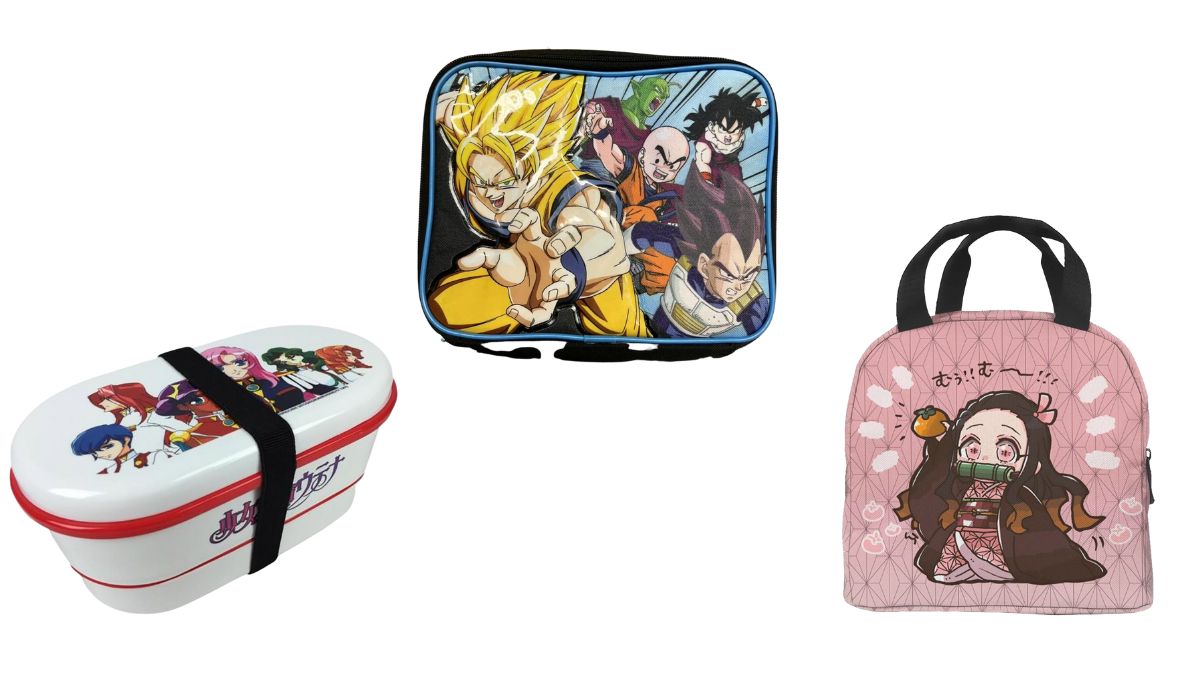
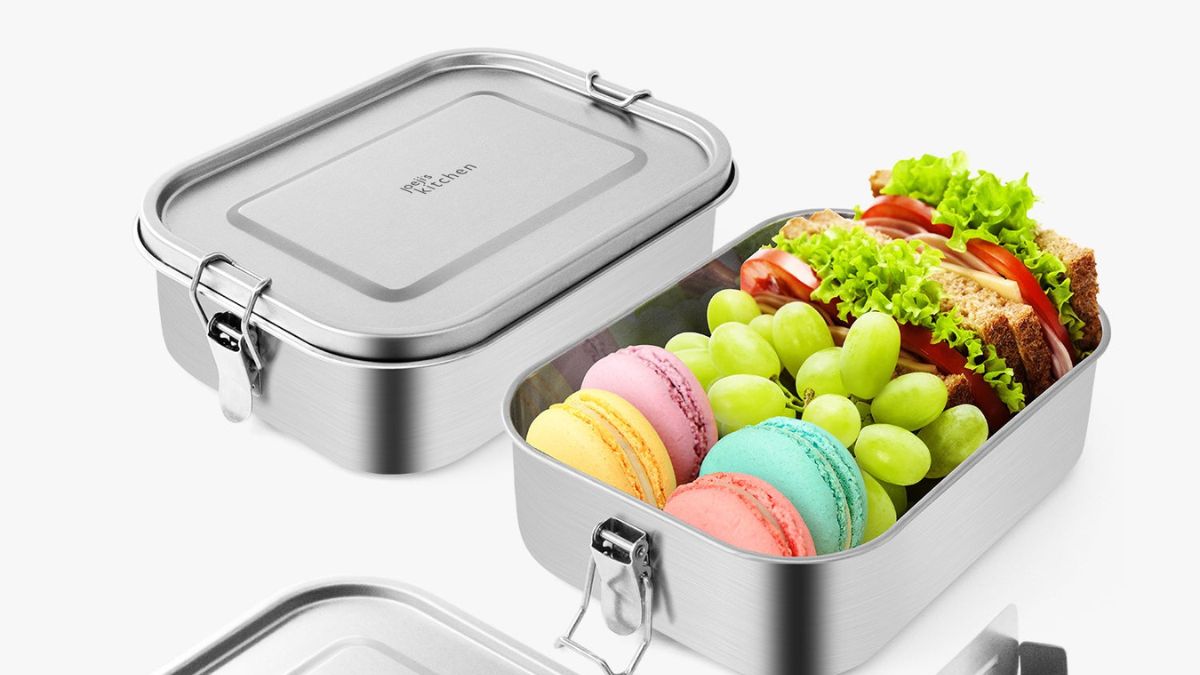
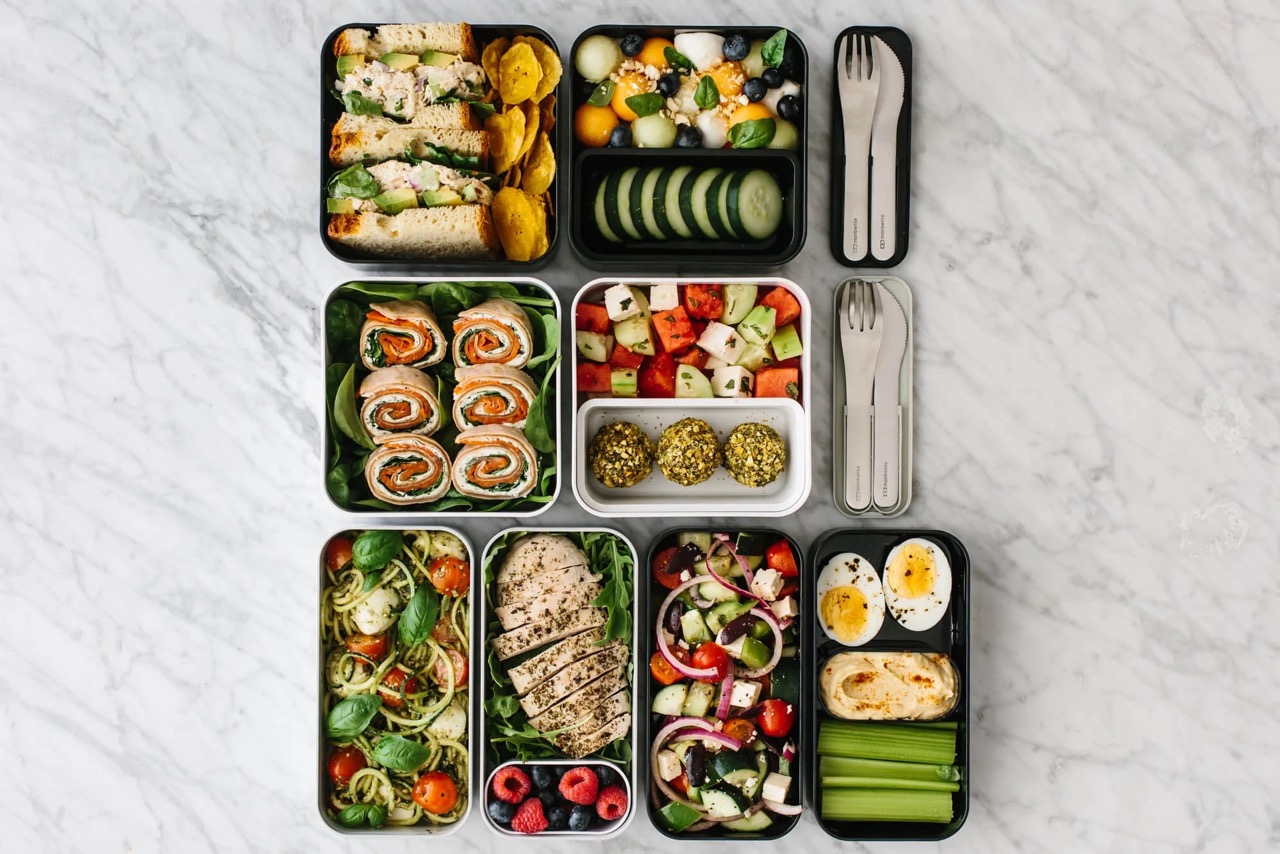
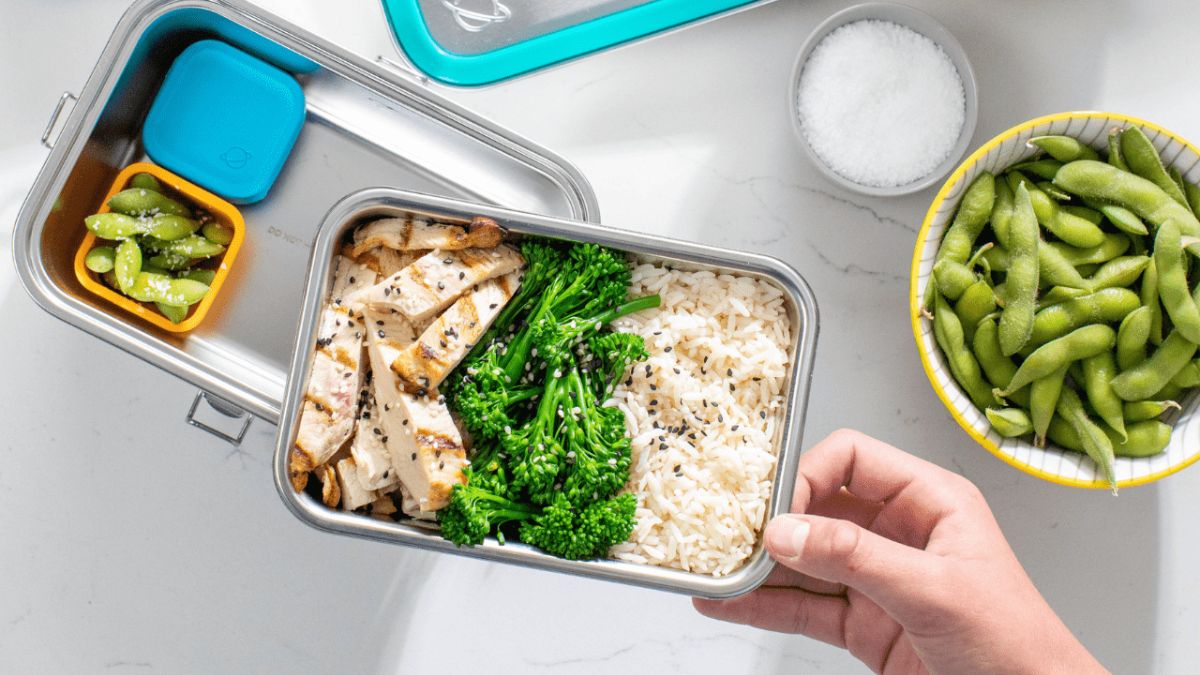
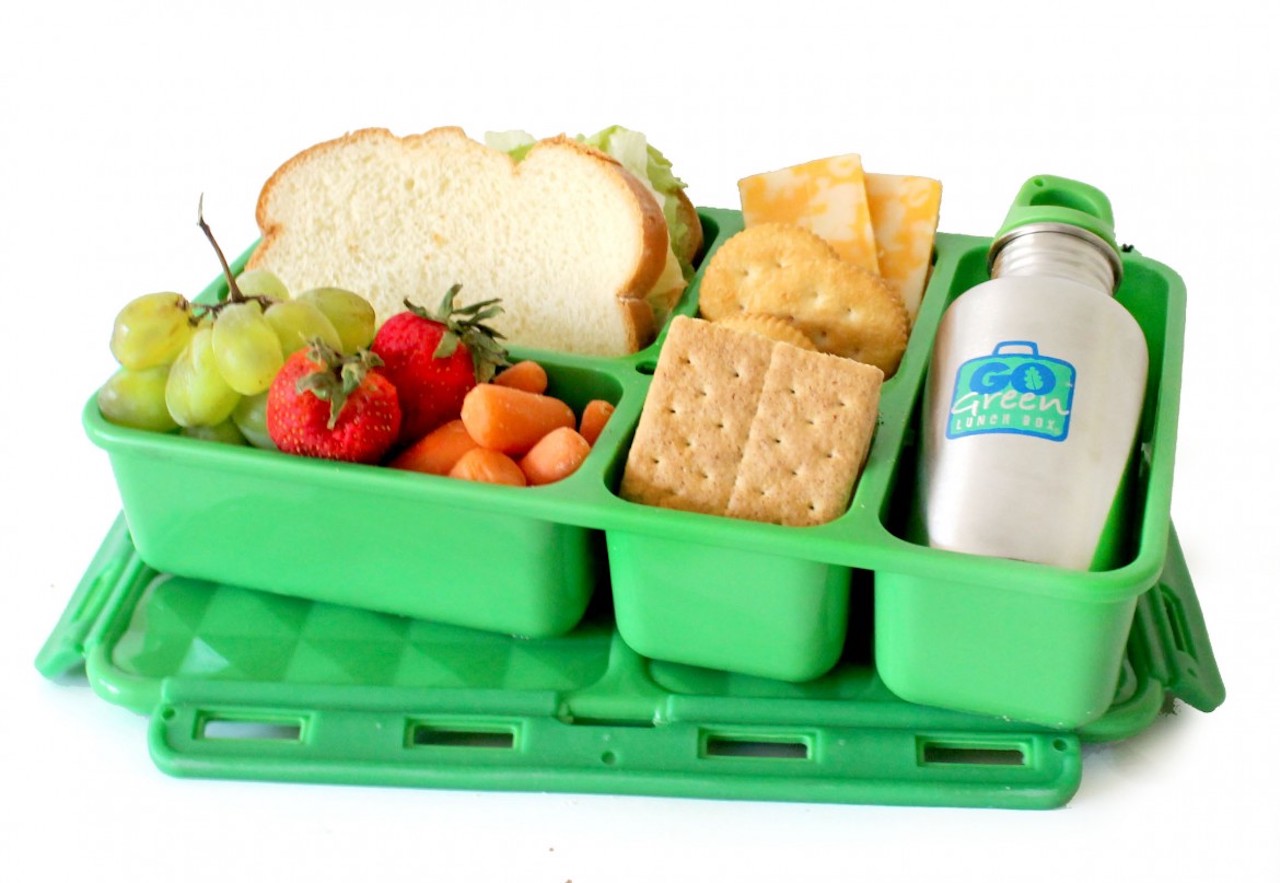
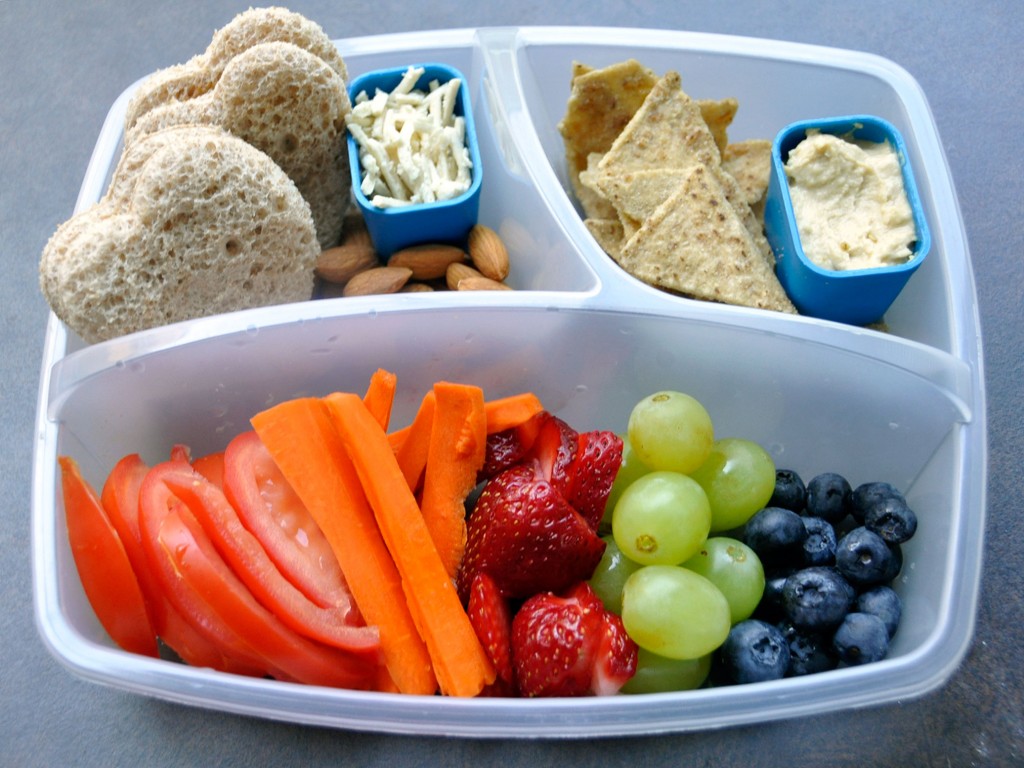
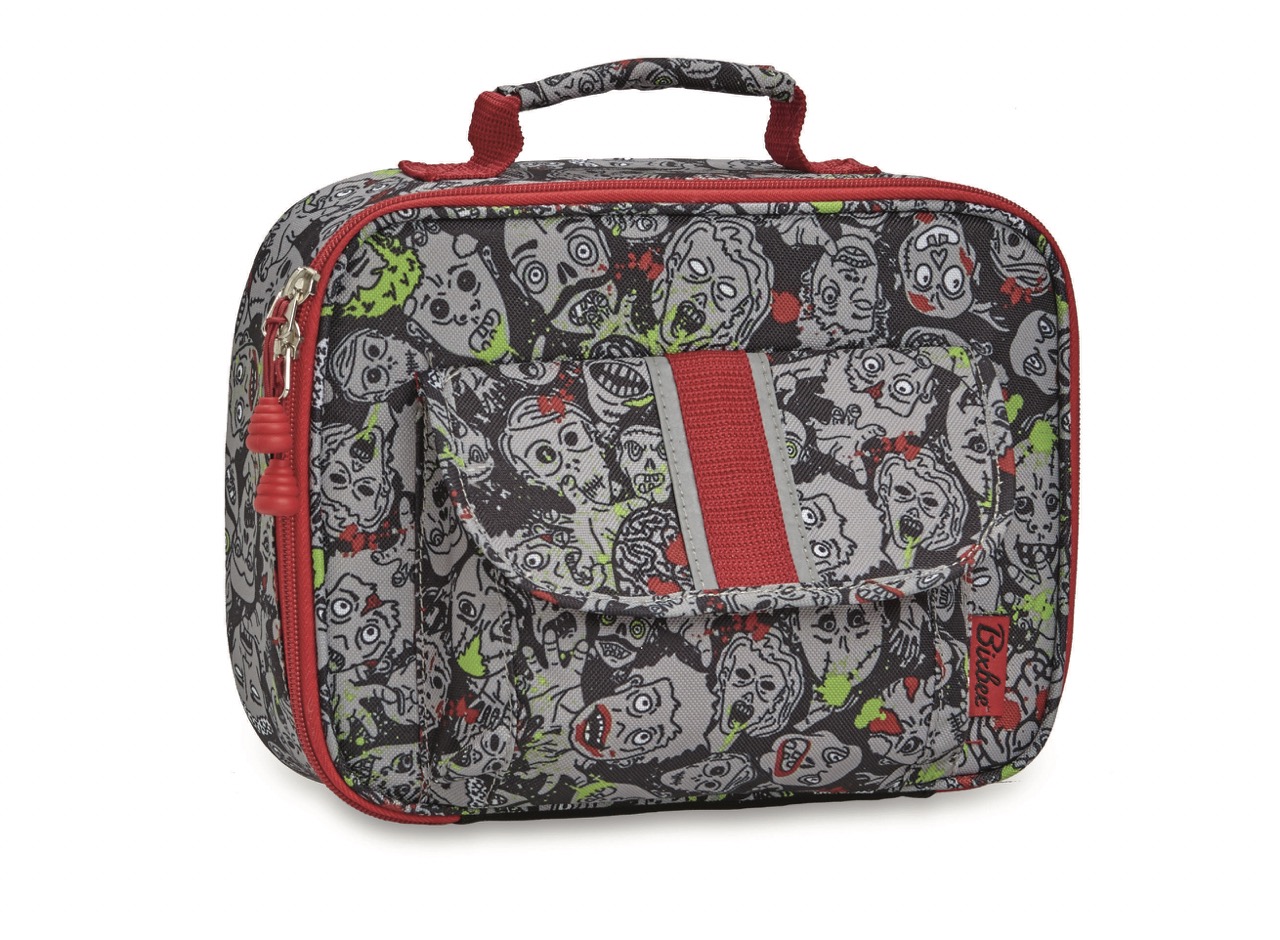
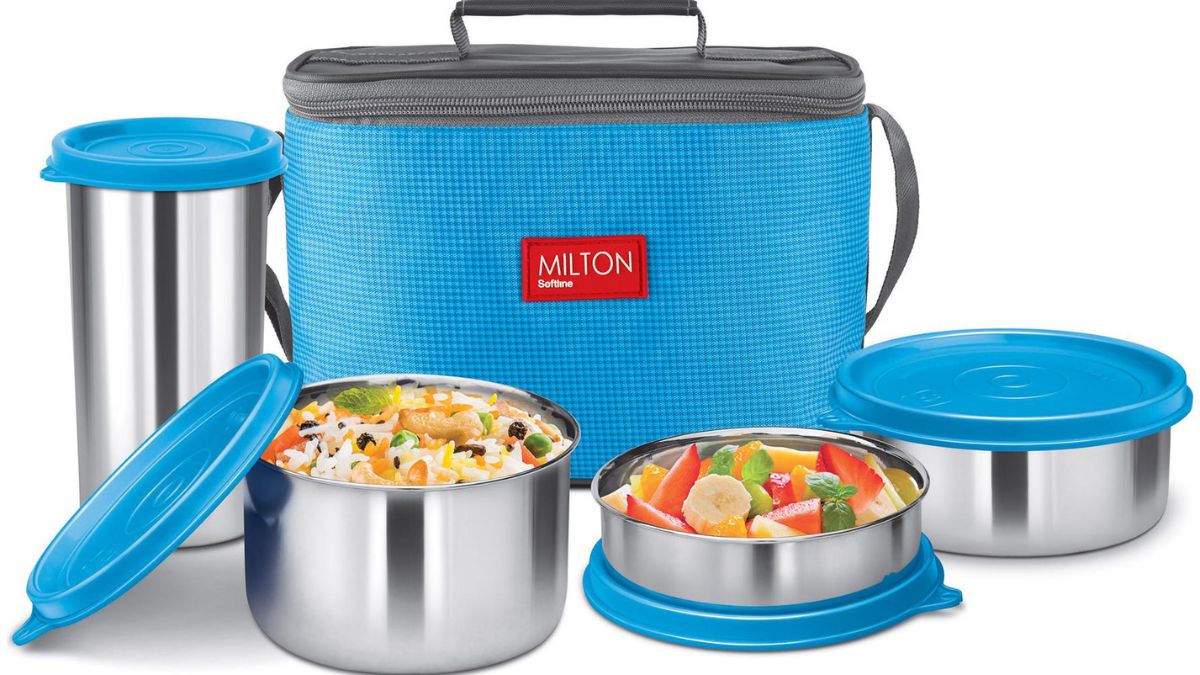
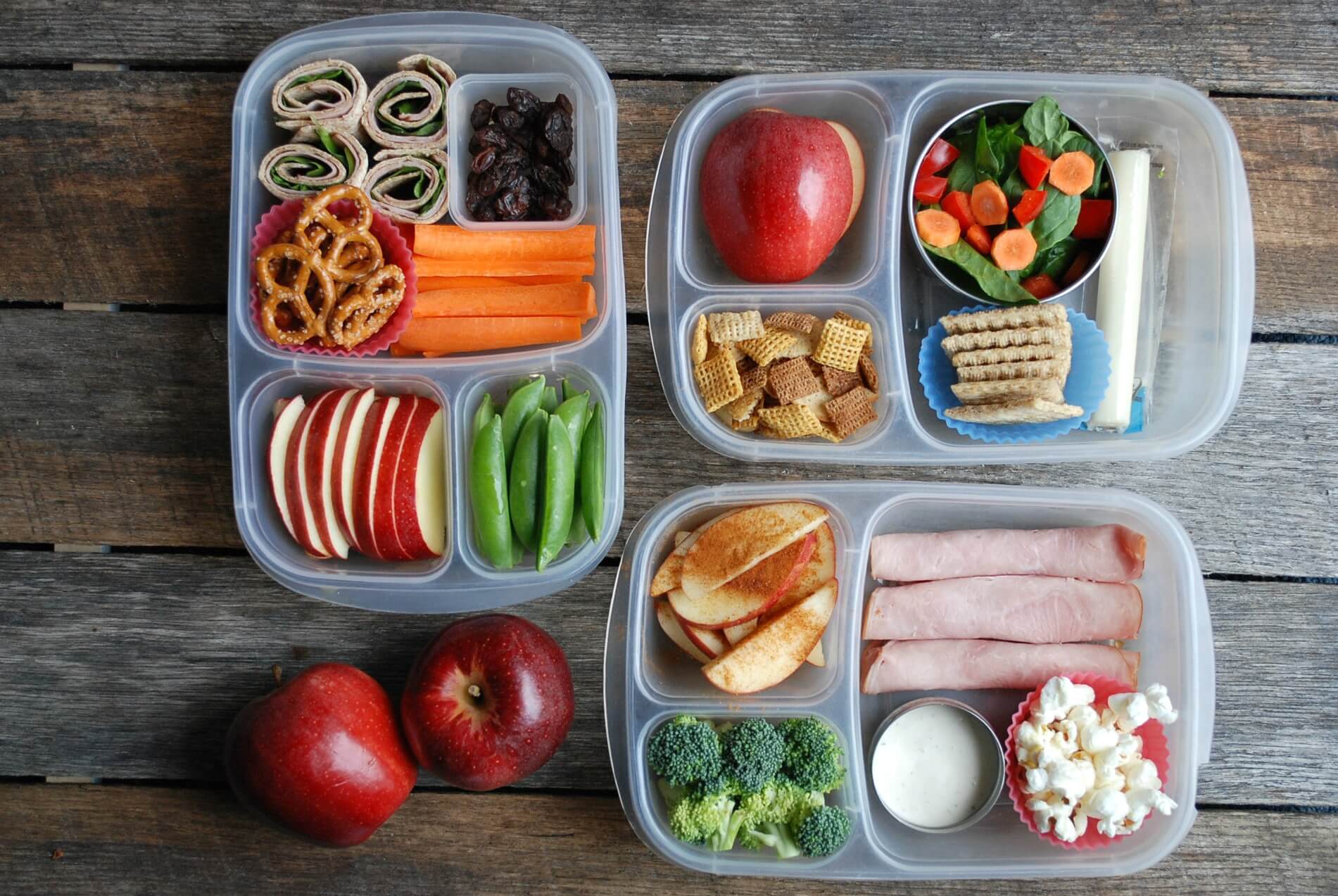
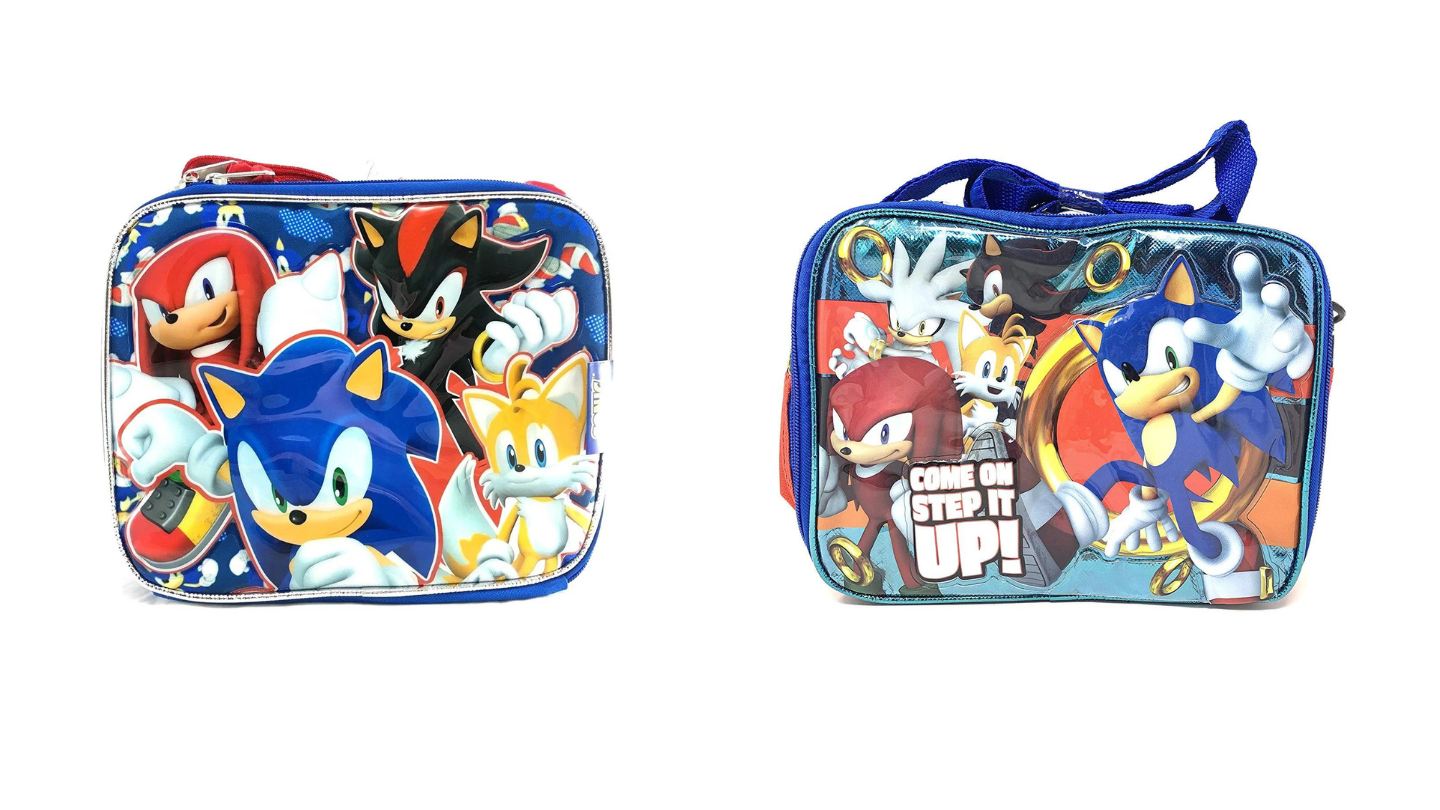
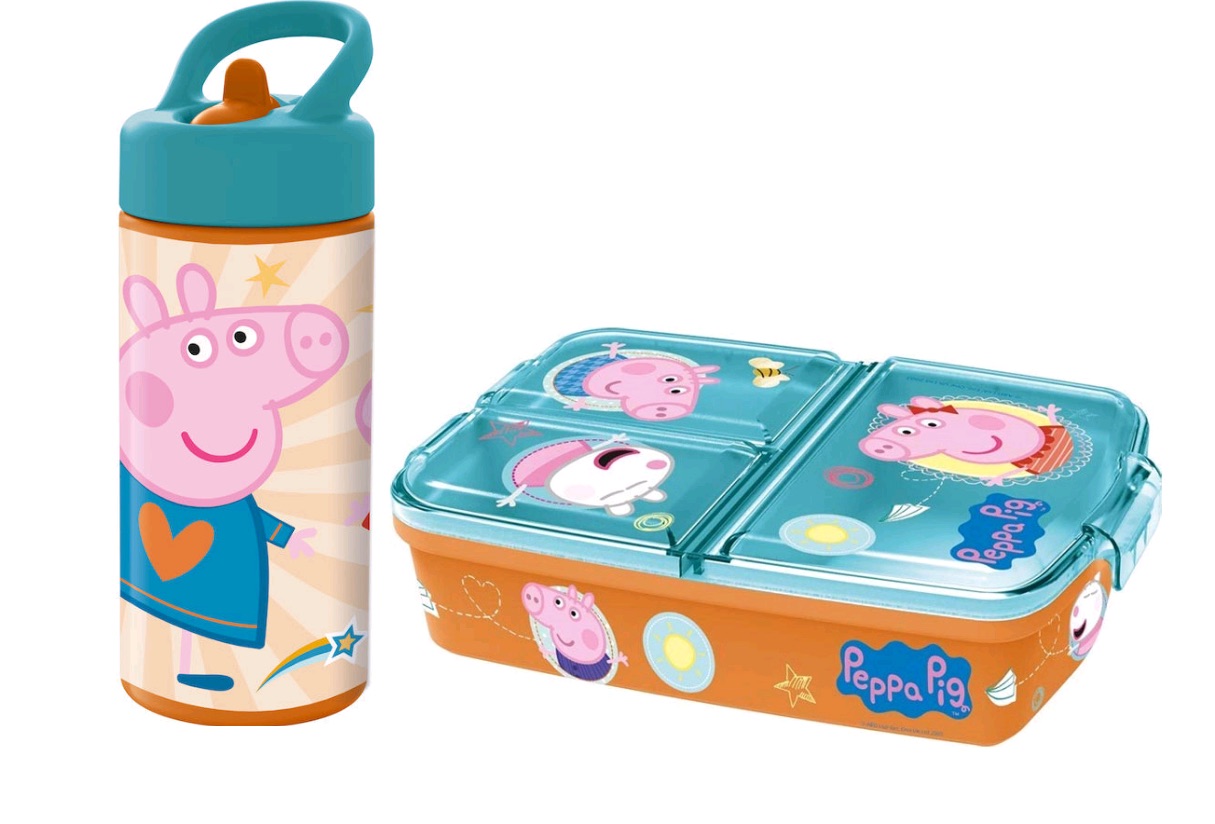
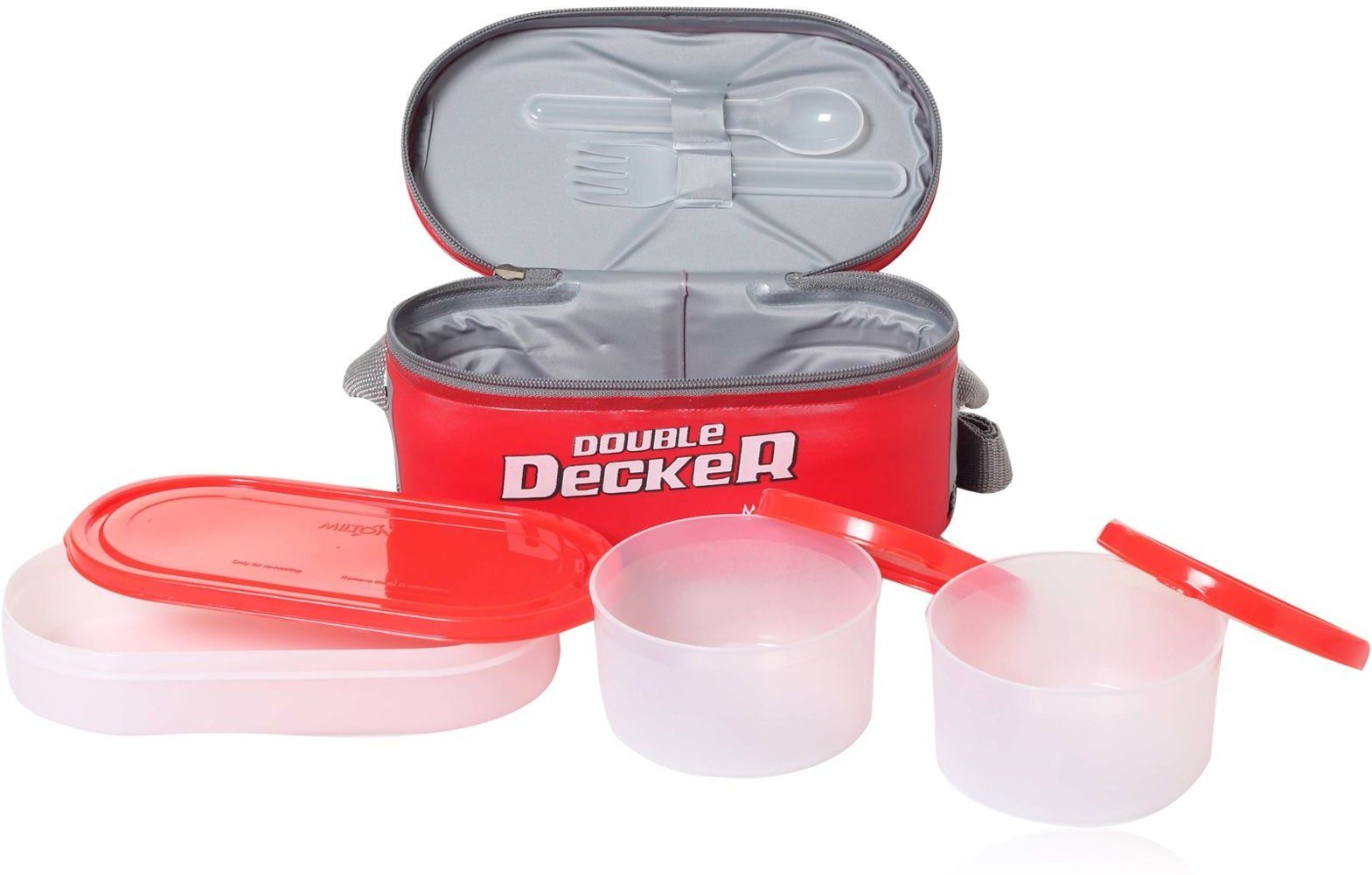
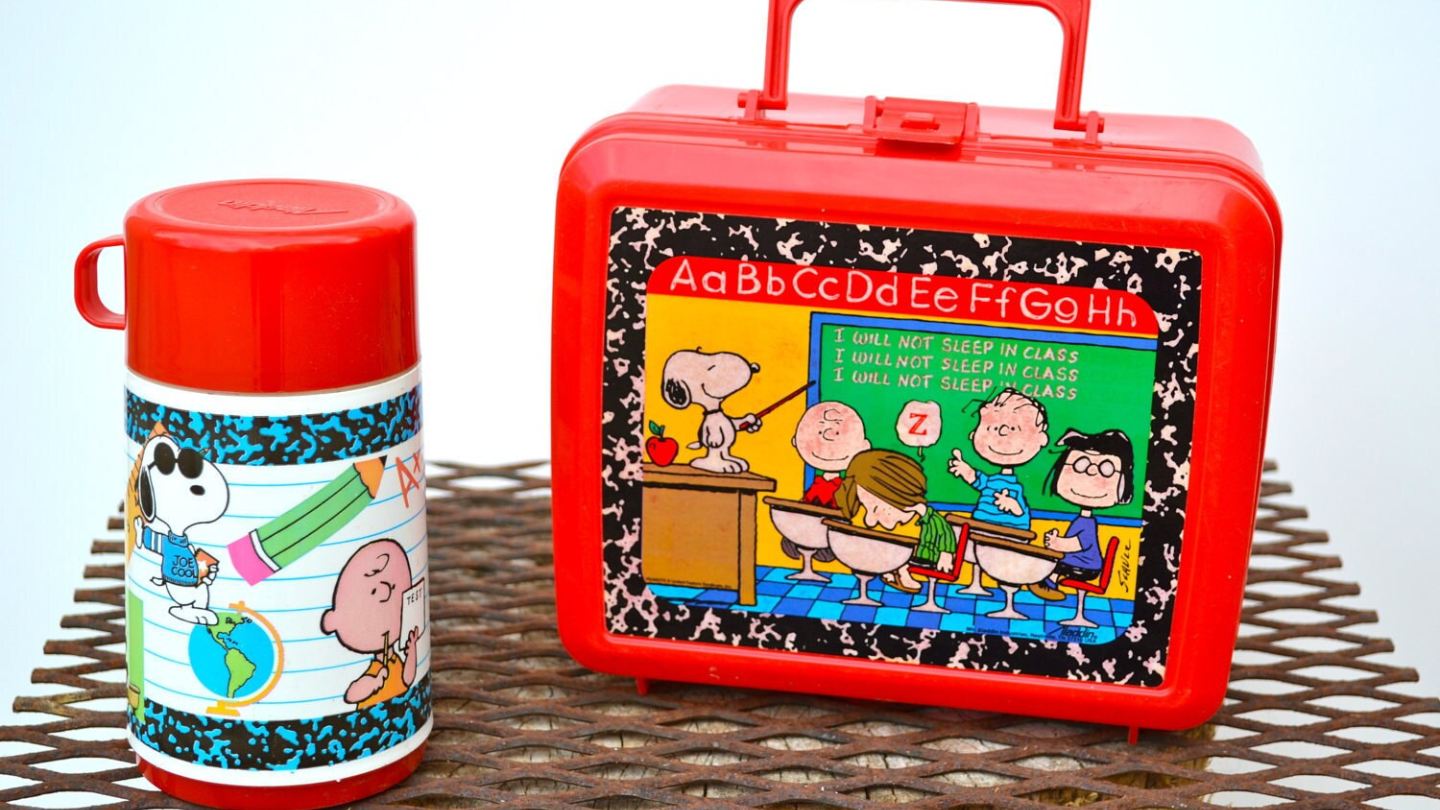

0 thoughts on “What Is Bento Lunch Box”